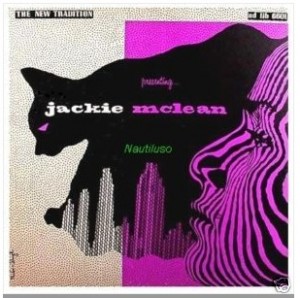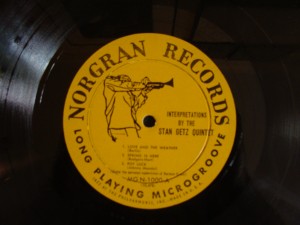What Makes a Collectible a Collectible?
In another post (A Visit To A Record Store, Part 2), Jan poses an interesting question, addressed to experienced and serious collectors: What do you consider to be collectible and how do you decide if a second pressing of a record is collectible or not?
I am not, I must admit, among the most serious of collectors. I know this sounds odd coming from the guy who writes about jazz records every day, pores over eBay listings to decide which records to put in the Price Guide and writes articles under the headline “Confessions of a Vinyl Addict.”
However, and this gets to Jan’s point: The copy of Saxophone Colossus in my collection is a Bergenfield, N.J. pressing. Same with Tenor Madness. I have the Bergenfield copies, they are in great condition, they have yellow labels, this is enough for me. I have the music in an early pressing, it sounds great, I’m OK. Would I like a New York pressing of both of these records? Yes. Would I ever obsess about it? No. Would I ever pay the going rate on eBay for them? Not a chance.
The people I’ve always considered to be “serious collectors” wouldn’t accept these second pressings and are constantly hunting for the original pressings and would not be content with anything but an original. I do think, however, things are changing and the


